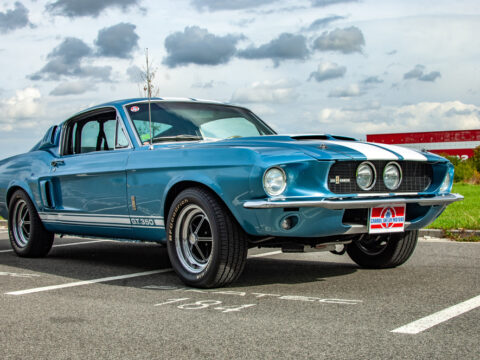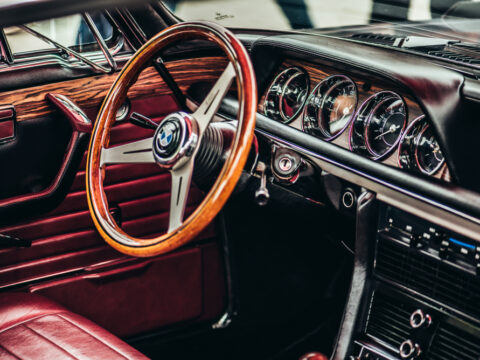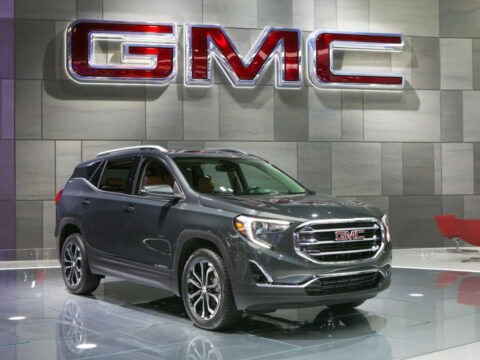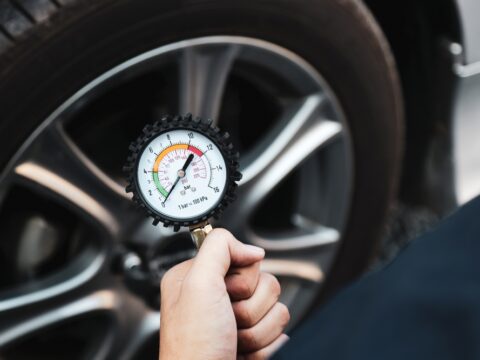Commercial aviation has seen its share of triumphs and tribulations. While some airliners revolutionized air travel, others failed to leave a mark. In this article, we’ll explore 15 airliners that, despite high hopes and ambitious designs, just couldn’t make an impact in the skies.
Contents
Convair 880
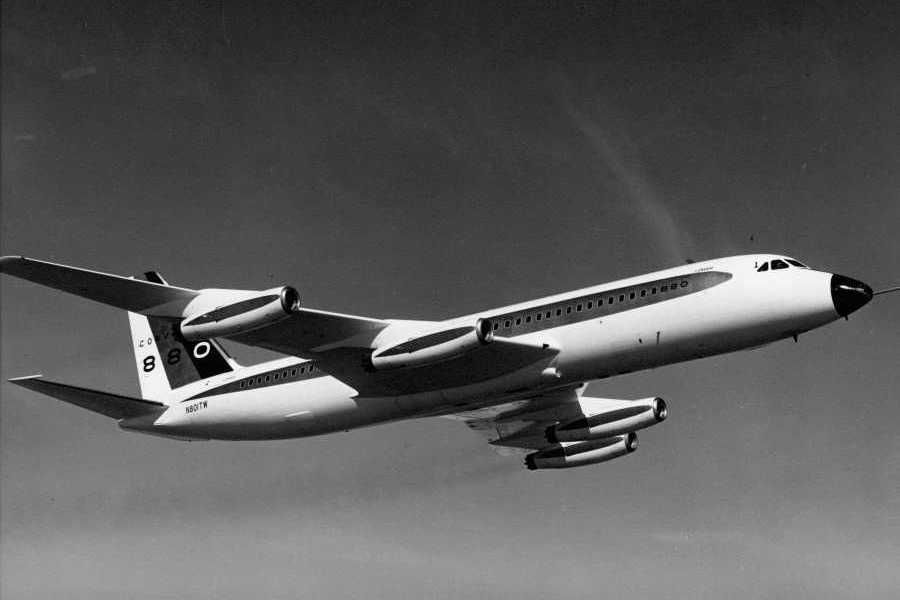
The Convair 880, introduced in the early 1960s, was a commercial jet designed to compete with the Boeing 707 and Douglas DC-8. Despite its speed and sleek design, it failed to capture significant market share due to high operating costs and limited passenger capacity. Only 65 units were produced, making it a financial failure for Convair.
McDonnell Douglas DC-10
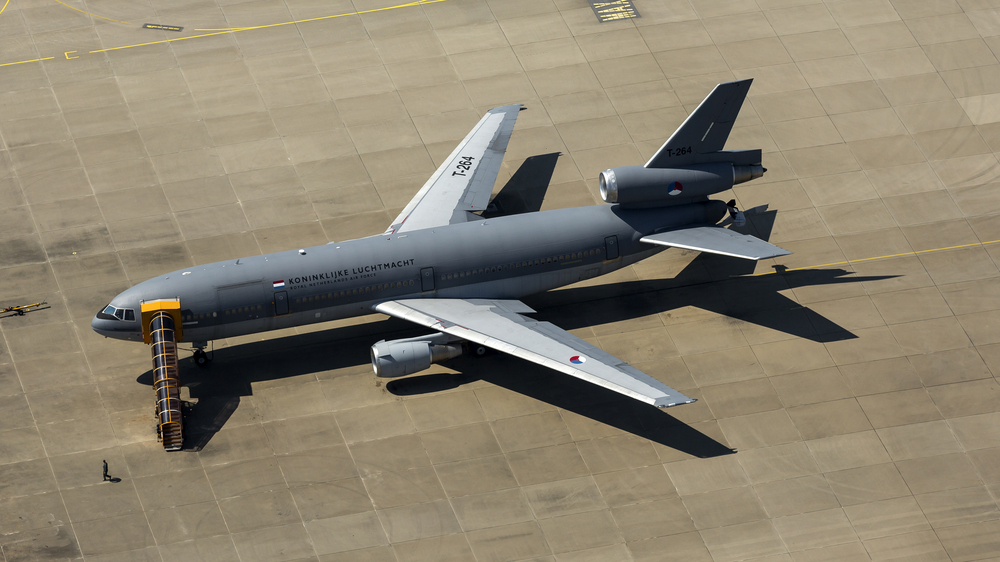
The McDonnell Douglas DC-10, introduced in 1970, faced numerous safety issues, including high-profile accidents that damaged its reputation. Despite improvements and a large production run, these early safety concerns limited its success, leading to its replacement by more reliable models like the MD-11.
Lockheed L-1011 TriStar
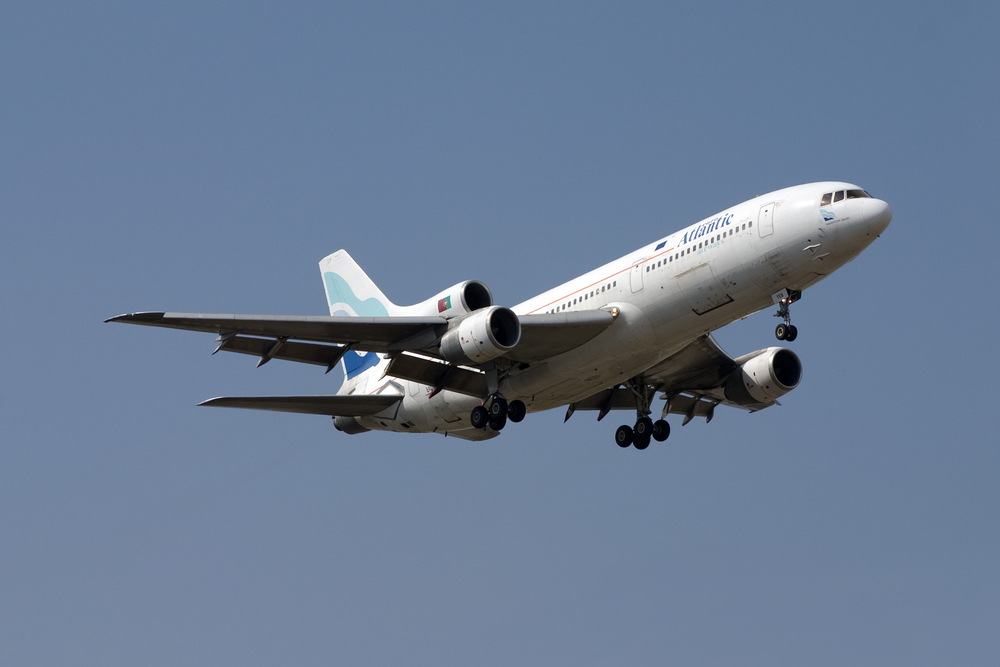
The Lockheed L-1011 TriStar was a technologically advanced wide-body jet with features like auto-land capabilities. However, delays in production due to engine supplier issues and stiff competition from the DC-10 and Boeing 747 prevented it from achieving commercial success. Only 250 units were produced.
Boeing 717
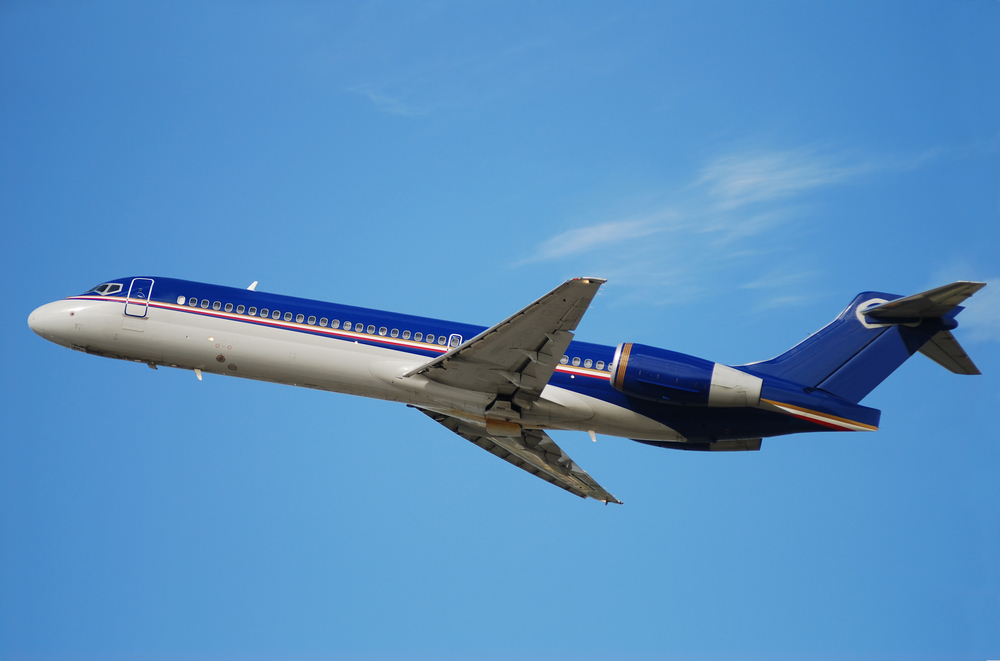
The Boeing 717, originally developed as the McDonnell Douglas MD-95, was intended for short-haul routes. Despite its reliability and efficiency, it was launched in 1999, just as airlines were consolidating and moving towards larger aircraft. Limited orders led Boeing to cease production after only 156 units.
Bristol Brabazon
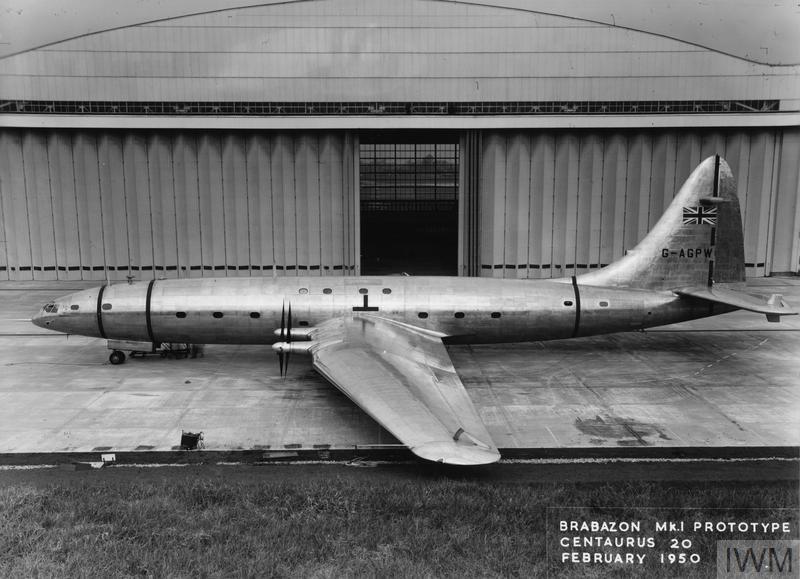
The Bristol Brabazon was a massive post-World War II airliner designed for luxury transatlantic flights. Its enormous size and focus on luxury over capacity made it economically unviable in an era prioritizing efficiency and cost-effectiveness. Only one prototype was built before the project was canceled.
Concorde
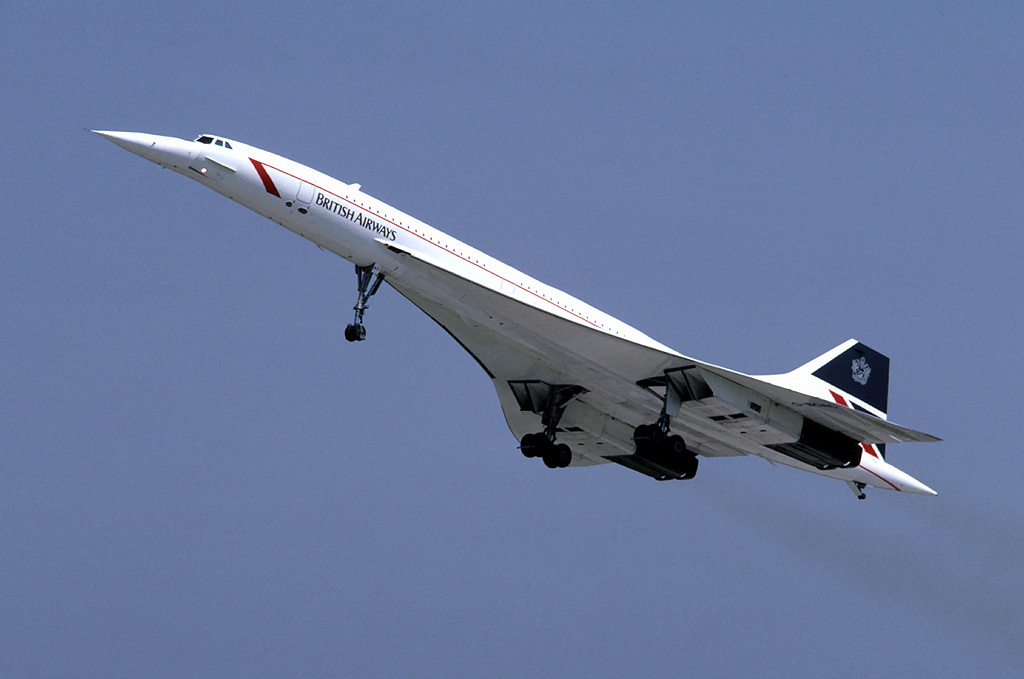
The Concorde, a supersonic passenger jet, was a marvel of engineering, capable of flying at twice the speed of sound. However, its high operating costs, limited seating capacity, and environmental concerns, including noise pollution, restricted its commercial success. Only 20 units were built.
Boeing 2707
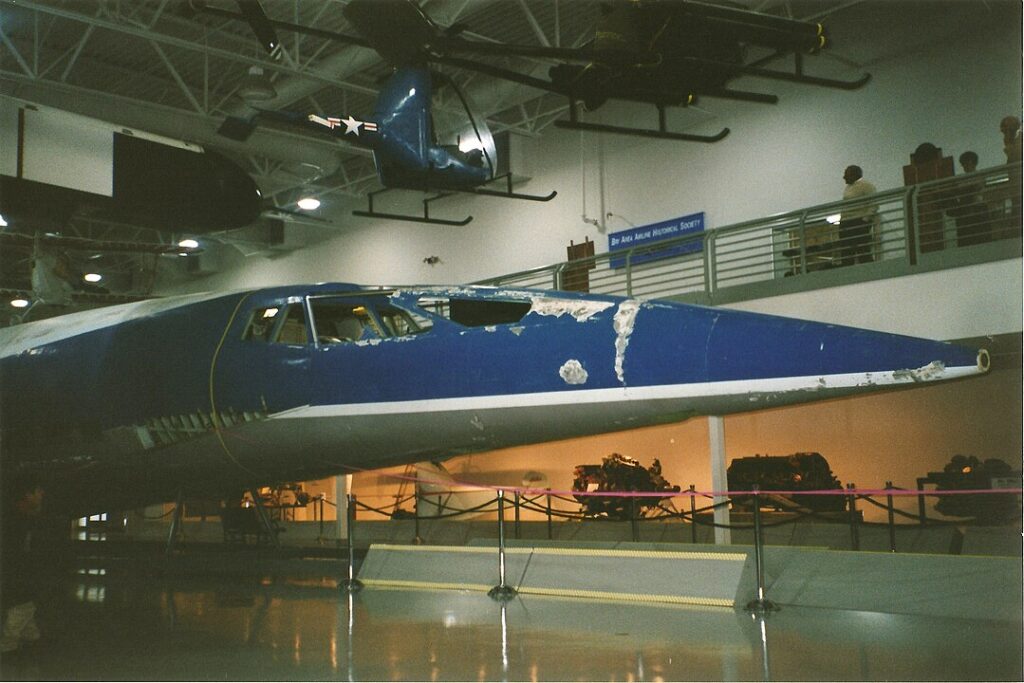
The Boeing 2707 was intended to be the American competitor to the Concorde, aiming for supersonic travel. The project was plagued by technical challenges and soaring costs, leading to its cancellation in 1971 before any prototypes were completed.
McDonnell Douglas MD-11
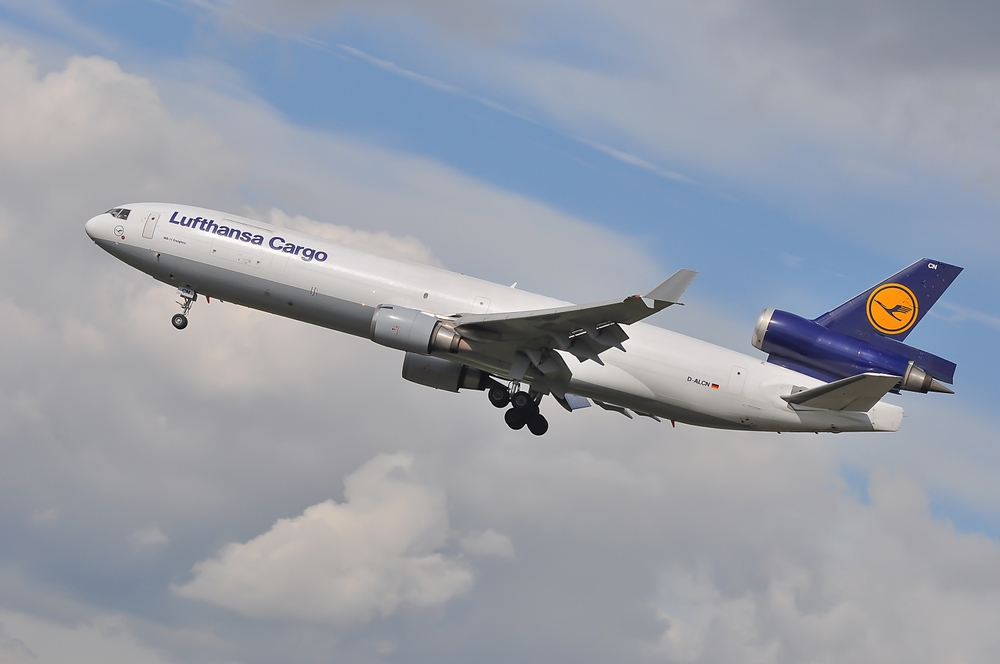
The MD-11, an upgraded version of the DC-10, promised greater efficiency and range. However, it failed to deliver on performance expectations and struggled with reliability issues. Production ceased after 200 units, overshadowed by more successful models like the Airbus A340 and Boeing 777.
Sud Aviation Caravelle

The Caravelle was the first jet airliner produced by the French manufacturer Sud Aviation. While it was innovative with rear-mounted engines, it struggled to compete with larger jets like the Boeing 737 and the DC-9, leading to limited sales outside Europe.
BAC One-Eleven
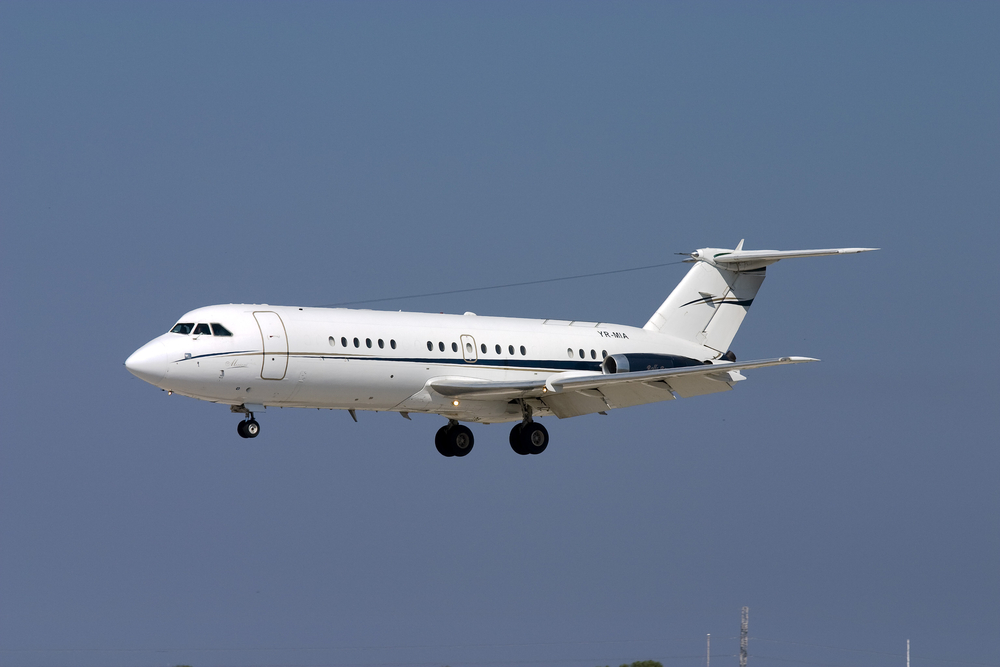
The BAC One-Eleven was a British short-haul jet that entered service in the 1960s. Despite being popular in its early years, it was quickly outclassed by more modern jets like the Boeing 737 and Airbus A320, leading to a decline in orders and eventual production cessation.
Convair 990 Coronado
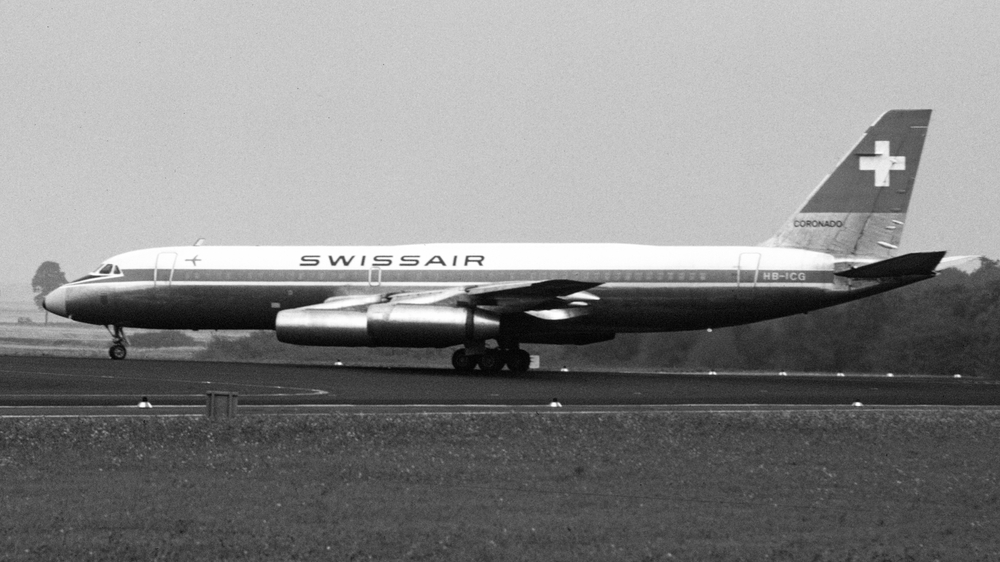
An evolution of the Convair 880, the Convair 990 Coronado aimed to be the fastest commercial jet of its time. However, high fuel consumption and operational costs, coupled with limited seating, made it unattractive to airlines. Only 37 units were built.
Vickers VC10
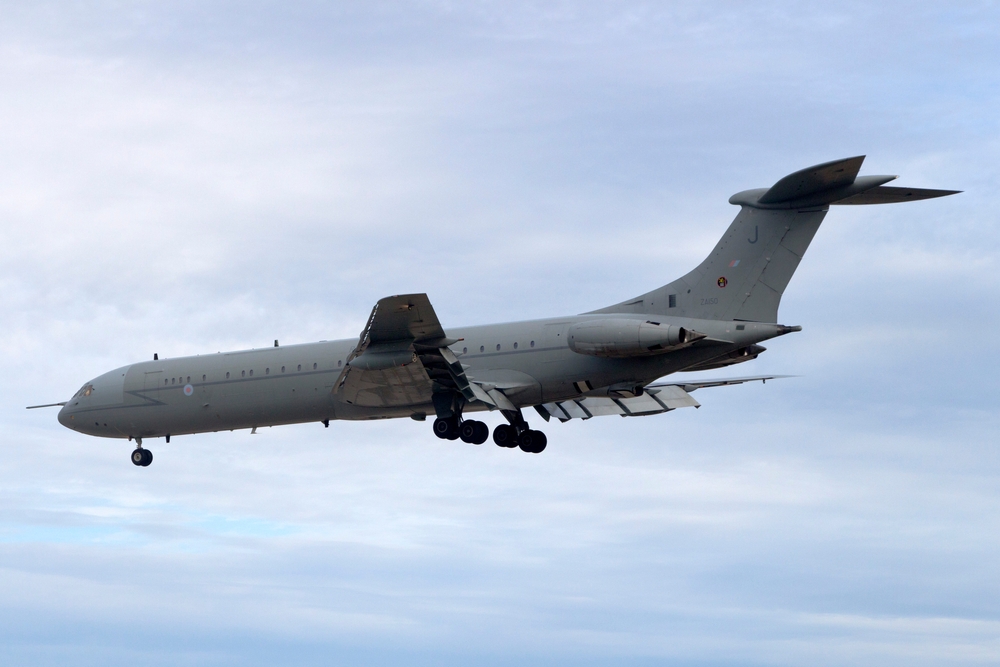
The Vickers VC10 was a British long-range airliner with excellent performance from short runways. Despite its capabilities, it was expensive to operate and overshadowed by the more economical Boeing 707 and Douglas DC-8. Only 54 were built.
Tupolev Tu-144
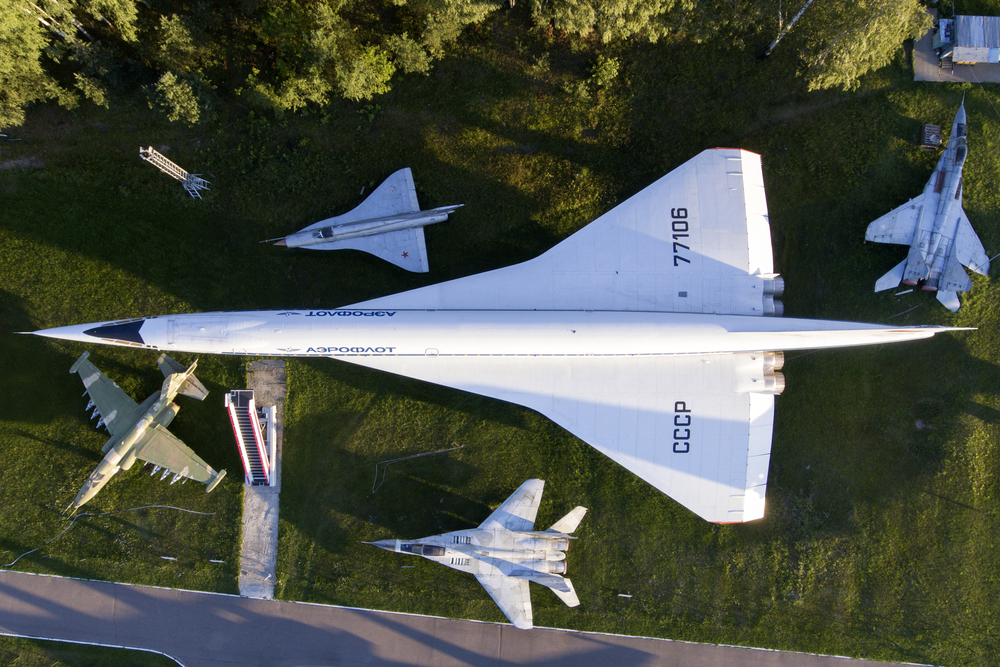
The Tu-144, often called the “Concordski,” was the Soviet Union’s answer to the Concorde. Despite being the first supersonic passenger jet to fly, it suffered from poor reliability and safety issues. Only 16 were produced, with commercial service lasting just a few months.
Boeing 747SP
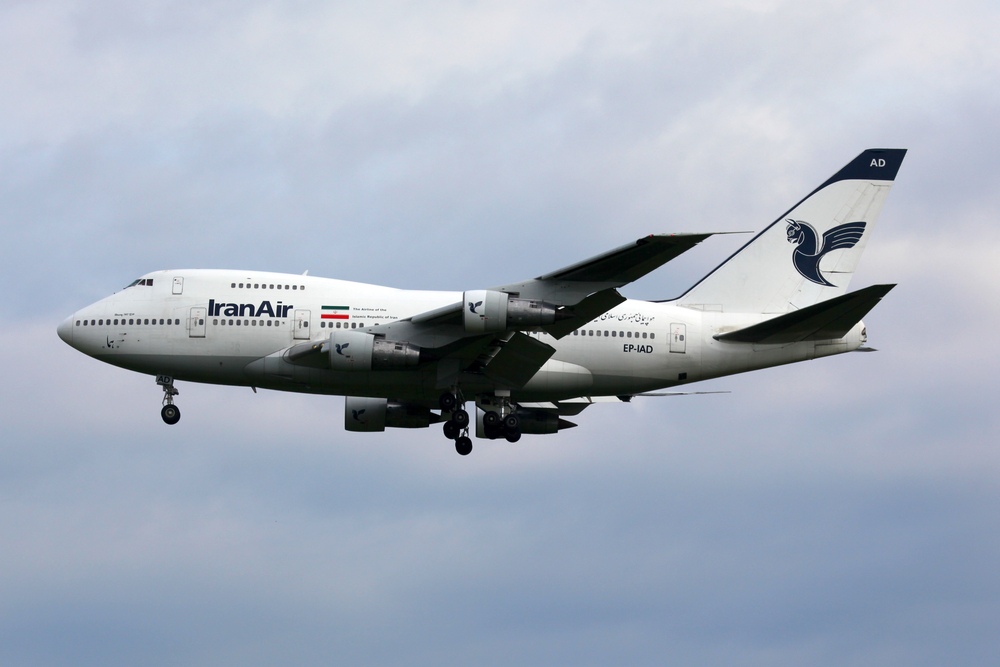
The Boeing 747SP was a shortened version of the iconic 747, designed for ultra-long-range flights. While it offered impressive range, its reduced passenger capacity made it less economically viable compared to larger 747 variants. Only 45 were built.
Fairchild Dornier 728

The Fairchild Dornier 728 was a regional jet designed for short to medium-haul routes. Financial difficulties and bankruptcy of Fairchild Dornier halted the project before it could enter service, despite significant airline interest.
This article originally appeared in MyCarMakesNoise.
More from MyCarMakesNoise
15 Little-Known Details About Classic Harley-Davidsons

Harley-Davidson is a name synonymous with American motorcycles, but even the most dedicated fans might not know all the details about these iconic bikes. From hidden design innovations to lesser-known historical facts, there’s much more to Harley-Davidson than meets the eye. Read More
18 Cutting-Edge Supercars with Advanced Aerodynamics

When it comes to high-performance supercars, advanced aerodynamics plays a crucial role in pushing the limits of speed and handling. We’ll explore 18 cutting-edge supercars that stand out for their innovative aerodynamic designs, combining sleek profiles with technology that enhances both performance and efficiency. Read More
16 Powerful SUVs with Surprisingly Agile Handling

When you think of SUVs, power and size usually come to mind, but agility often gets overlooked. However, some SUVs manage to defy expectations, offering both incredible power and surprisingly nimble handling. Read More

